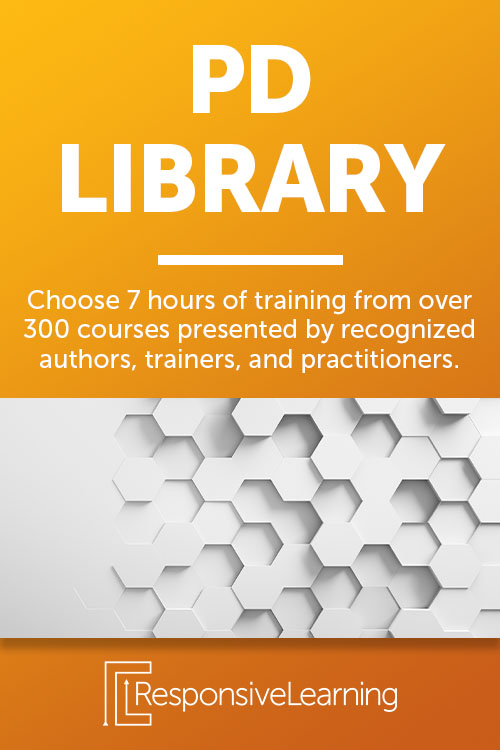Imagine you’re a three-year-old child who needs some extra accommodations to learn. How can your parents and teachers help you succeed? Early Childhood Intervention (ECI) helps give the proper support for students with disabilities at a young age. Keys to Special Education – ECI Transition provides the expertise you need to ensure a smooth transition for young students with disabilities.
1. Know the Policy
ECI covers the learning outcomes and health needs of a child with disabilities. An Individualized Family Service Plan (IFSP) is implemented when they transition to a preschool program. Planning for this transition helps the family to support their child with meaningful intent and knowledge of what to expect in the future.
Transition meetings should be held 90 days before a child’s third birthday to ensure families are given enough time to consider their options. This will determine whether the child is eligible for Early Childhood Special Education (ECSE). Communication with parents is conducted just like an IEP meeting. The goal is to make sure that children with disabilities have acquired skills such as language, numeracy, and pre-literacy so they are well-prepared for school.
Special education teacher Ayo Jones details how you can use ECI transitions to set young children up for success. She is a veteran educator, author, and founder of Noodle Nook – an online resource for teachers in special education. Jones explains, “Early interventions are a critical part to support students with disabilities.”
2. Understanding Options
Several options are available for ECI transitions. These include childcare, a charter school, Head Start, a private therapy program, neighborhood playgroups, and extracurricular classes such as art, gymnastics, and music. A Preschool Program for Children with Disabilities (PPCD) is another option through your school district.
The school district is responsible for answering parents’ questions and concerns in a timely manner. They must also explain the procedural requirements involved. These include eligibility, evaluation procedures, steps, timelines, and parental rights.
A child with disabilities can receive PPCD services in a Pre-K class as well as in community settings, such as preschool or Head Start. Parents should be kept up-to-date and well-informed so they can make educated decisions to best suit their child’s unique needs. This will ultimately help create a seamless transition process.

3. Clear Communication
Communication with parents is instrumental in determining the best course of action for a child with disabilities. Early Childhood Special Education provides the next step in their educational experience. You’ll need to take into account the goals and objectives that the family wants to achieve in the future. If these goals are important to the parents, they should be prioritized accordingly.
The transition team must also consider the child’s natural learning environment when preparing for their new IEP. Other considerations include academic support structures, positive behavior interventions, and supplemental aids or support staff to assist the child at school. These factors contribute to a smooth ECI transition and ensure a child’s academic success.
Interested in learning more about how you can help your early childhood students excel? Explore the course demo on Keys to Special Education – ECI Transition today!






